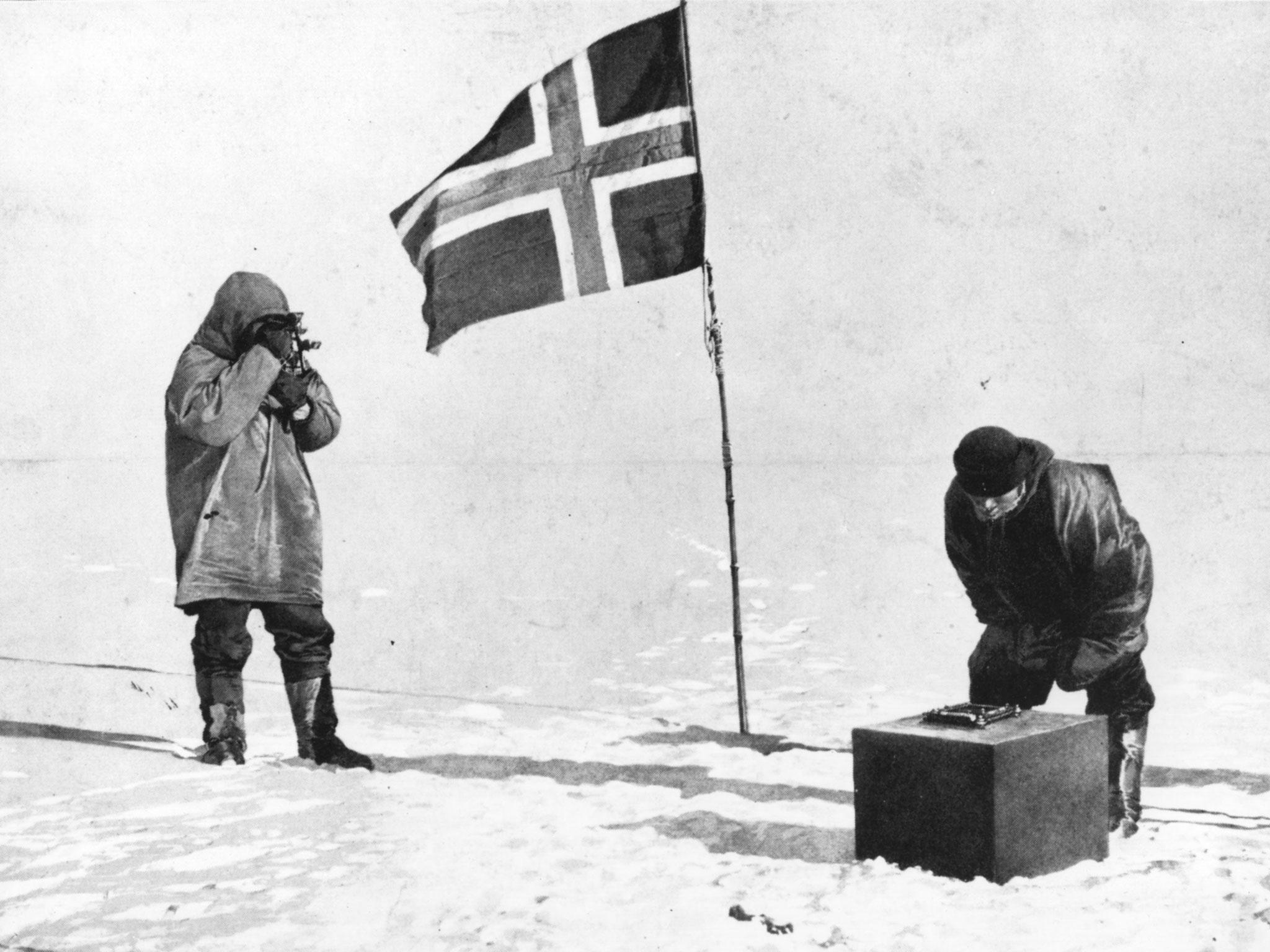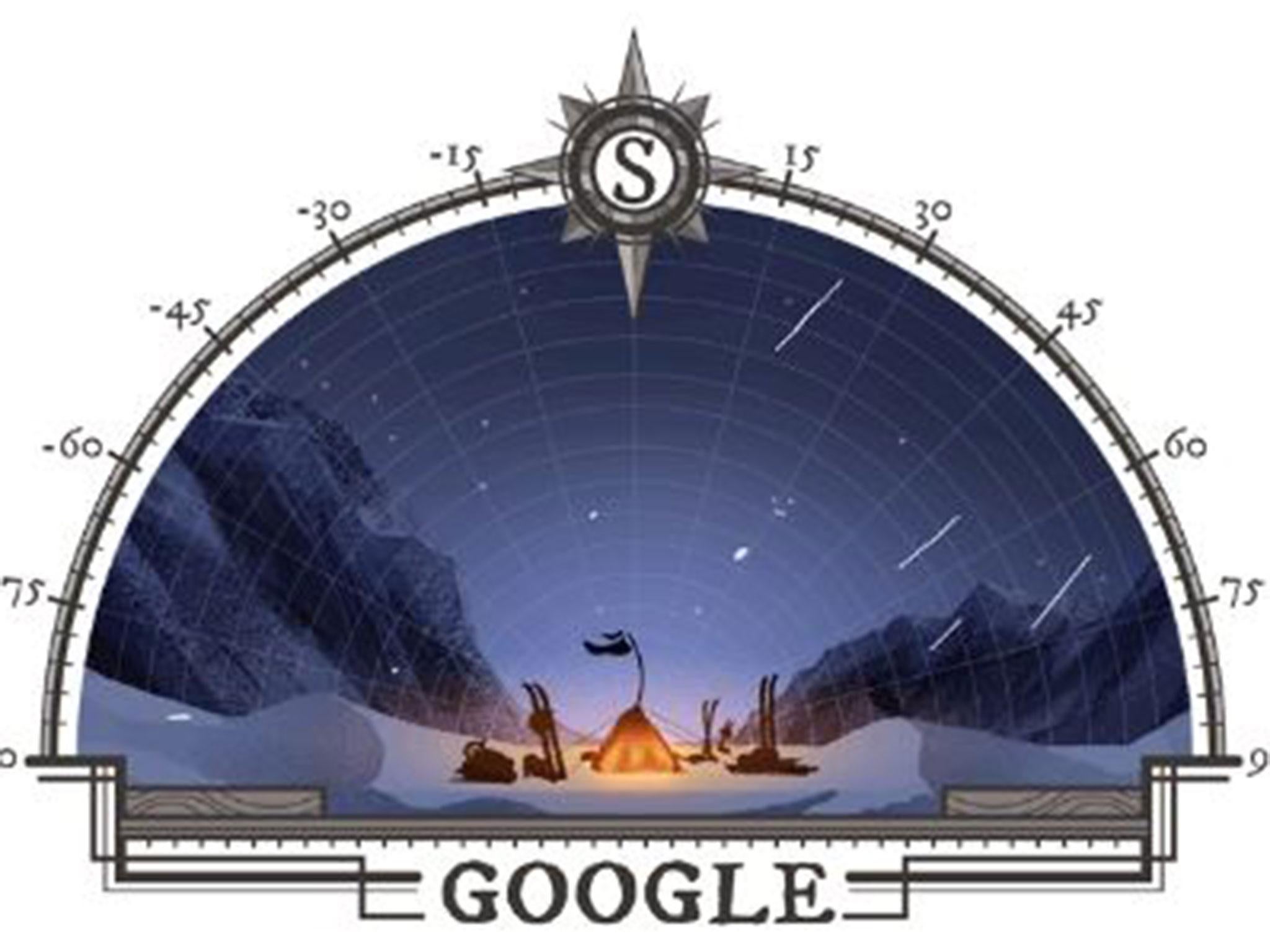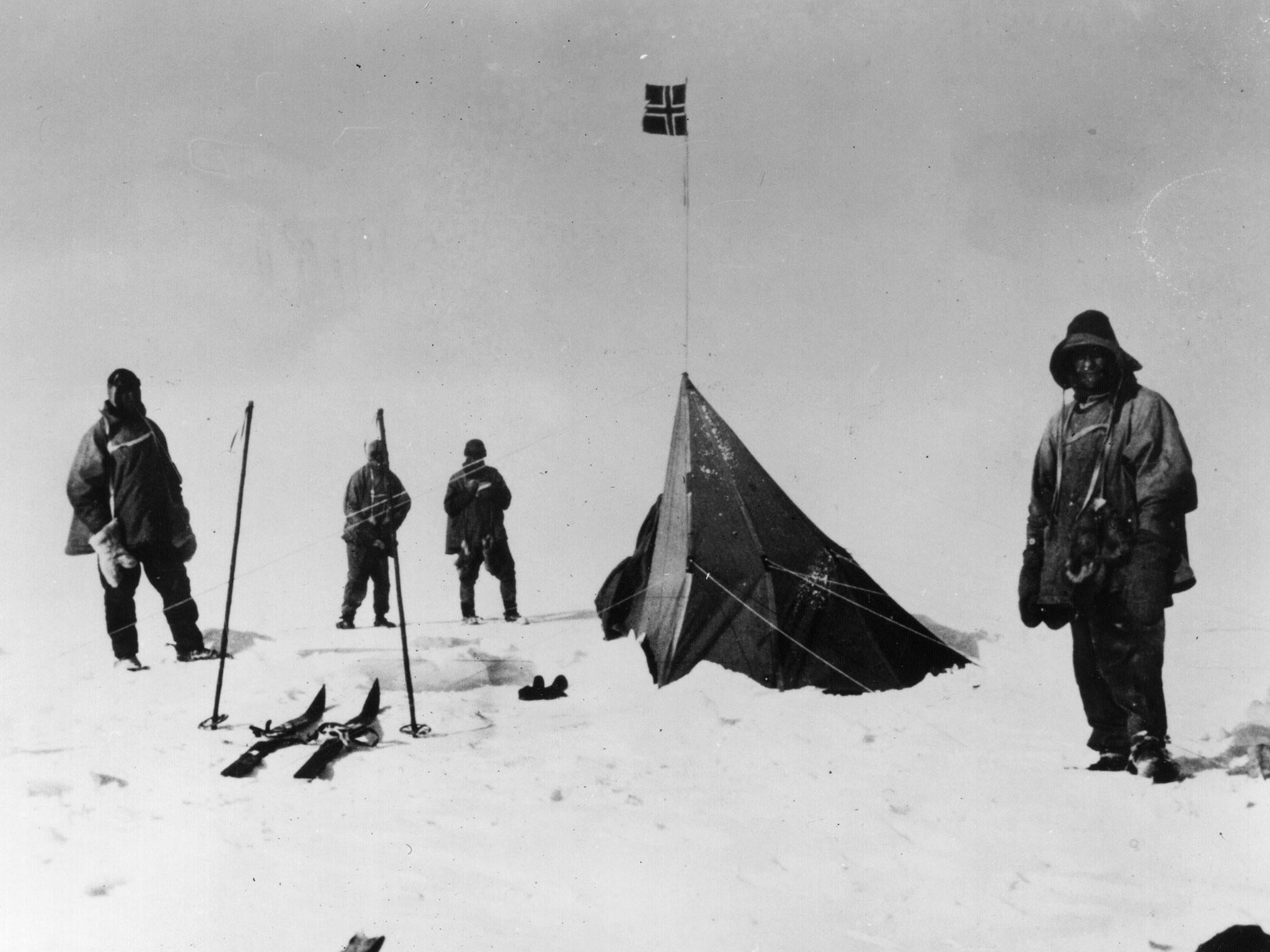The Independent's journalism is supported by our readers. When you purchase through links on our site, we may earn commission.
First expedition to the South Pole: 5 facts you didn't know about the explorer Roald Amundsen
'The last of the Vikings' and Roald Dahl's namesake disappeared in 1928

Your support helps us to tell the story
From reproductive rights to climate change to Big Tech, The Independent is on the ground when the story is developing. Whether it's investigating the financials of Elon Musk's pro-Trump PAC or producing our latest documentary, 'The A Word', which shines a light on the American women fighting for reproductive rights, we know how important it is to parse out the facts from the messaging.
At such a critical moment in US history, we need reporters on the ground. Your donation allows us to keep sending journalists to speak to both sides of the story.
The Independent is trusted by Americans across the entire political spectrum. And unlike many other quality news outlets, we choose not to lock Americans out of our reporting and analysis with paywalls. We believe quality journalism should be available to everyone, paid for by those who can afford it.
Your support makes all the difference.One hundred and five years ago, Norwegian explorer Roald Amundsen led the first expedition to the South Pole.
Today, his achievement is being honoured with a Google Doodle depicting his crew taking a moment to bask in their glory as the Antarctic wind rages outside their tent.
Mr Amundsen, known as "the last of the Vikings" managed to reach the South Pole five weeks ahead of the British expedition led by Robert F Scott.
Here are four facts about the courageous explorer and namesake of the novelist Roald Dahl, who lived from 1972 to 1928:
First expedition to reach south pole

The Norwegian explorer wanted to beat Mr Scott's expedition to the South Pole.
His expedition team consisted of 19 people and nearly 100 Greenland sled dogs — which were key to the team's success.
Mr Amundsen and four others arrived at the Pole by 14 December, 1911, 35 days ahead of Mr Scott's Terra Nova Expedition.
How did he beat the British expedition?

Mr Amundsen beat his rival by using lighter sleds and more appropriate clothing and equipment, including skis to cross the treacherous Antarctic terrain.
Mr Scott and his team did not arrive until 17 January, 1912, and Mr Amundsen later learned Mr Scott and his four companions had died on their return journey.
A gift for organisation and planning
Mr Amundsen had a gift for organisation and planning.
"Victory awaits him who has everything in order," he wrote in account of his race to reach the South Pole.
"Defeat is certain for him who has neglected to take the necessary precautions in time."
However, while preparing for his expedition to the South Pole, his team kept up their sense of fun by holding guess-the-temperature contests, celebrating each other's birthdays and telling stories.
How he became an explorer
By the age of 15, Mr Amundsen had decided on a career of exploration.
He studied numerous sailing techniques, steam navigation and terrestrial magnetism.
He also learned vital lessons about how to survive in cold conditions for the Eskimos, who taught him about wearing animal skins instead of heavy furs.
Mystery surrounding his death
On 18 June, 1928, Mr Amundsen and five of his crewmates disappeared while flying a rescue mission in the Arctic.
It is assumed his plane crashed, although no bodies or wreckage were ever found.
In 2004 and 2009, the Royal Norwegian Navy used an unmanned submarine to search for the wreckage of Mr Amundsen's plane.
The searches focused on a 40-square-mile area of the sea floor, but found nothing from his doomed flight.
Join our commenting forum
Join thought-provoking conversations, follow other Independent readers and see their replies
Comments